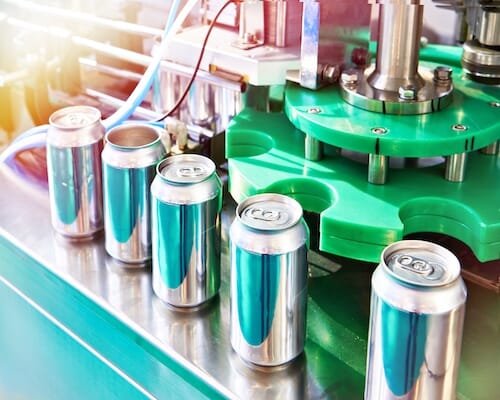
Innovation in the Air Compressor Industry
December 7, 2022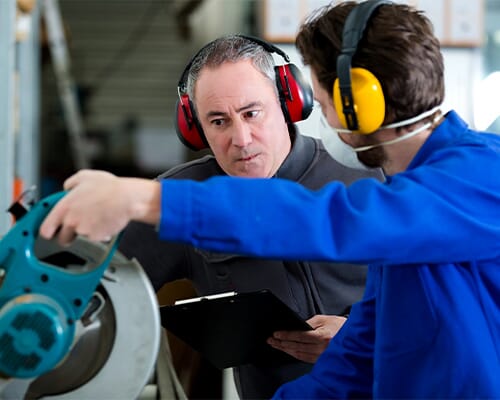
Benefits of a Quiet Air Compressor for Your Plant
December 28, 2022Answers to Six Common Questions About Compressed Air
Kaishan USA | December 21, 2022 | Uncategorized
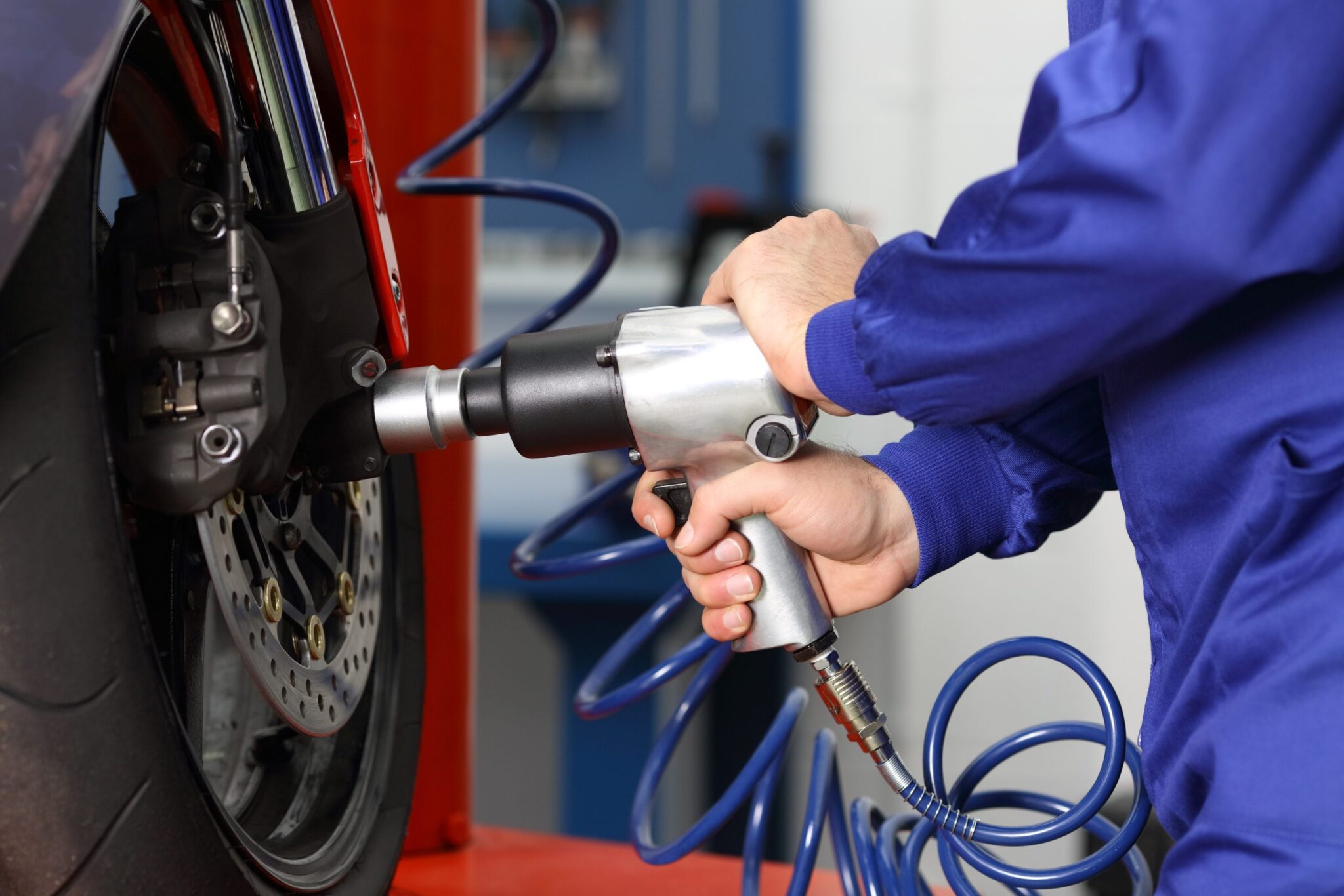
Tire changing and inflation tools can require a lot of power from your air compressor system.
There are many questions we get asked frequently. Especially ones that arise from confusion about the critical measurements of air compressor size and capacity. We’ll do our best to answer them with the understanding that these questions are all interrelated, a “set” of queries revolving around the central issue of air compressor sizing and performance.
Question One: How Do I Know How Many CFM I Need?
CFM stands for cubic feet per minute, specifying the amount of compressed air that flows through your system. It’s a measure of the amount or volume of compressed air your compressor is producing.
In general, a higher CFM rate in an air compressor gives you more power and greater versatility both in the number of applications you can service and the volume and pressure requirements those applications will require.
There are actually two different measurements of CFM, reflecting the fact that air is thinner at higher elevations and higher temperatures:
- Standard CFM (SCFM) is designed to describe the flow rate at standard conditions—sea level elevation, atmospheric pressure(14.7 PSIA), 36% relative humidity and a temperature of 68°F.
- Actual CFM (ACFM) recognizes the reality that very few real applications are at these standard conditions. ACFM is used to describe the flow measurement at a specific location with a specified altitude, atmospheric pressure, and temperature. Usually, we use the worst-case scenario, like 100°F for temperature and 70% relative humidity.
The difference is significant. Because of the temperature difference, your air compressor is producing less air in the summer because it’s hotter and, thus, thinner. Air also is less dense at higher elevations, so sizing a compressor in Houston is much different than sizing one in Denver. Sometimes, you almost have to double the size to account for the difference in the number of air molecules your unit is sucking in.
When you’re looking at sizing your air compressor system, see our previous blog on sizing your system, you will add up the CFM you’ll need for your individual tools and applications. You won’t stop there, though. It would help if you also considered pressure.
Question Two: How Do I Know How Many PSIG I Need?
PSIG stands for pounds per square inch, and it measures the system pressure.The pressure is the force any end-use application needs to perform a task and having more PSIG available enables you to do more work with less effort. Most air tools need between 80 and 90 PSIG of pressure.
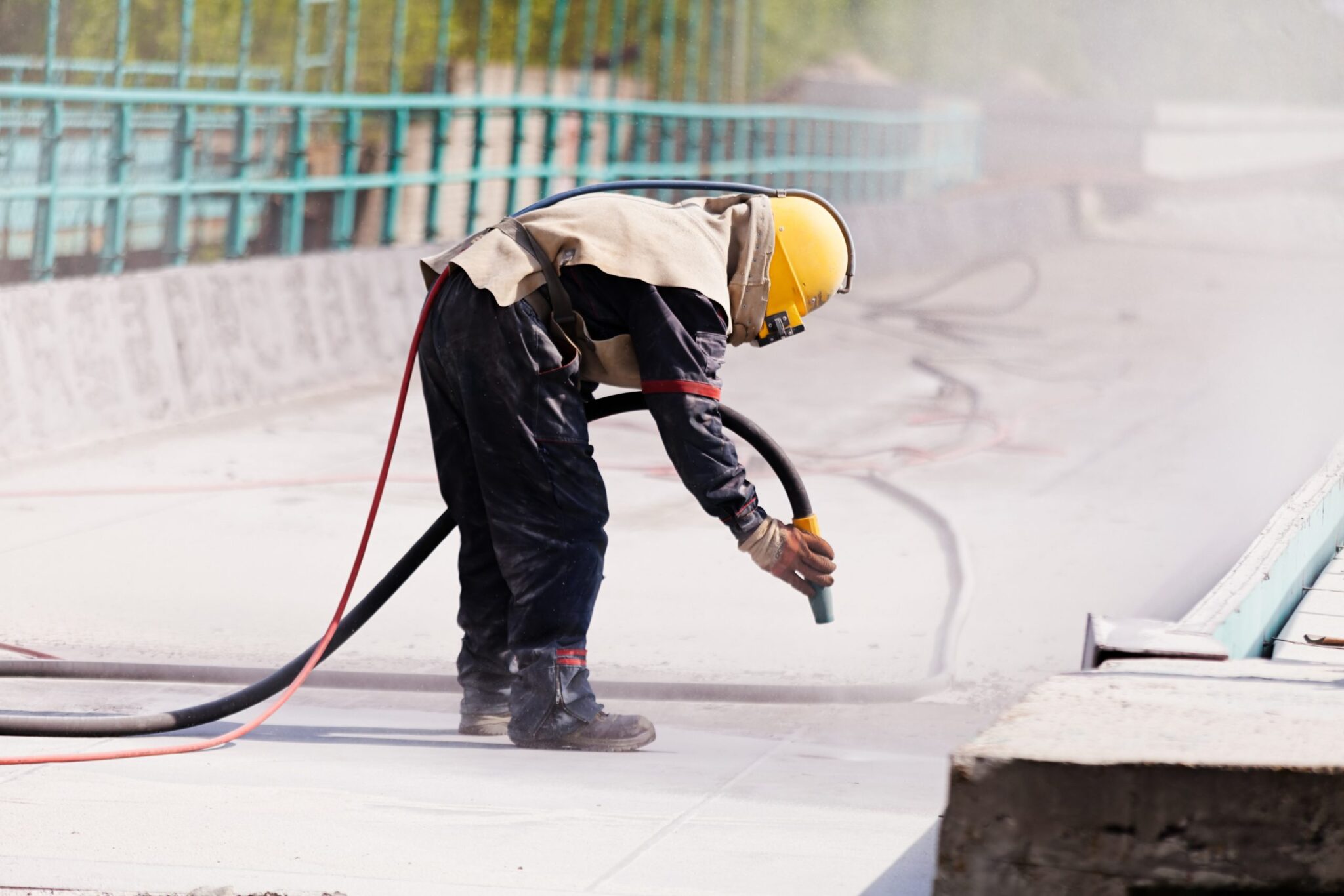
Sandblasting is often the most demanding application in many air compressor systems.
Unlike flow and CFM, pressure is not additive. The PSIG you’ll need is generally the pressure required by your most demanding application (like100-PSIG sandblasting). So if you have two applications, one requiring 85 PSIG and the other needing 100, you don’t need 165 PSIG or even 125. You will do fine with 100 PSIG, and it’s not in your best interests to jam extra PSIG into your system to “make sure you have enough” in case of leaks, etc. It’s much better to focus your efforts on maintaining your compressed air system so that it can deliver the pressure you need consistently from beginning to end.
You’ll need a higher pressure for power-intensive tools and applications like a tire changing and inflation, with a lower PSIG level needed for finer, more precise work in electronics or painting. In general, though, higher PSIG levels will enable you to get more done with less effort.
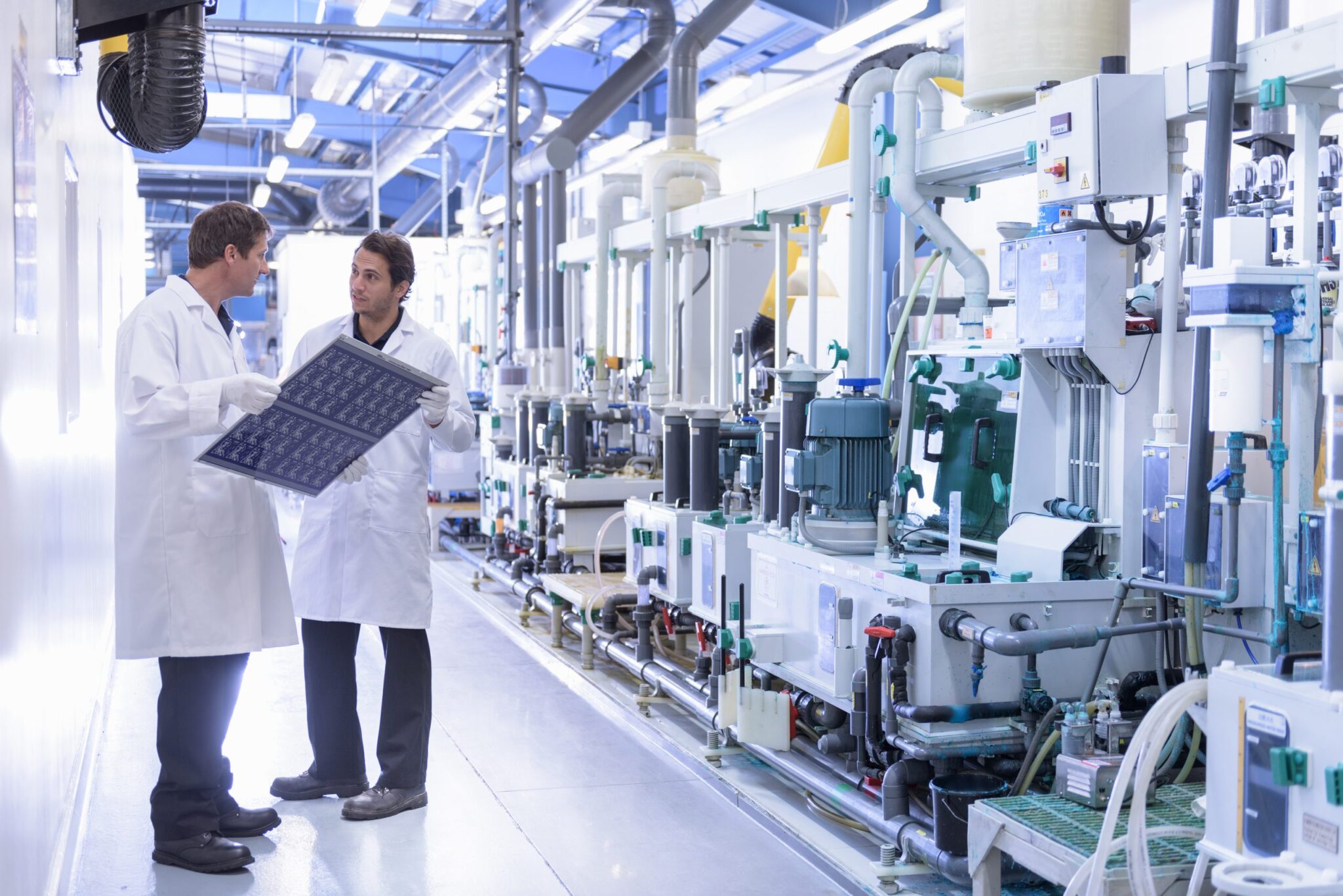
Electronics applications require high-quality air, but generally need a relatively lower PSIG level than many other compressed air applications.
Question Three: Why Do I Need to Consider Both CFM and PSIG?
An end-use application in your compressed air system needs two things to accomplish its task:
- Enough pressure to do the work it’s intended to do. That’s the PSIG.
- Enough flow to transfer the total energy you need for the tool’s particular task at the pressure you need. That’s the CFM.
If you don’t have enough pressure, the tool won’t work. But if you have too much, you’ll probably break it.
And conversely, if you don’t have enough flow(CFM), the task will go slowly, potentially damaging the tool, the work product or both.
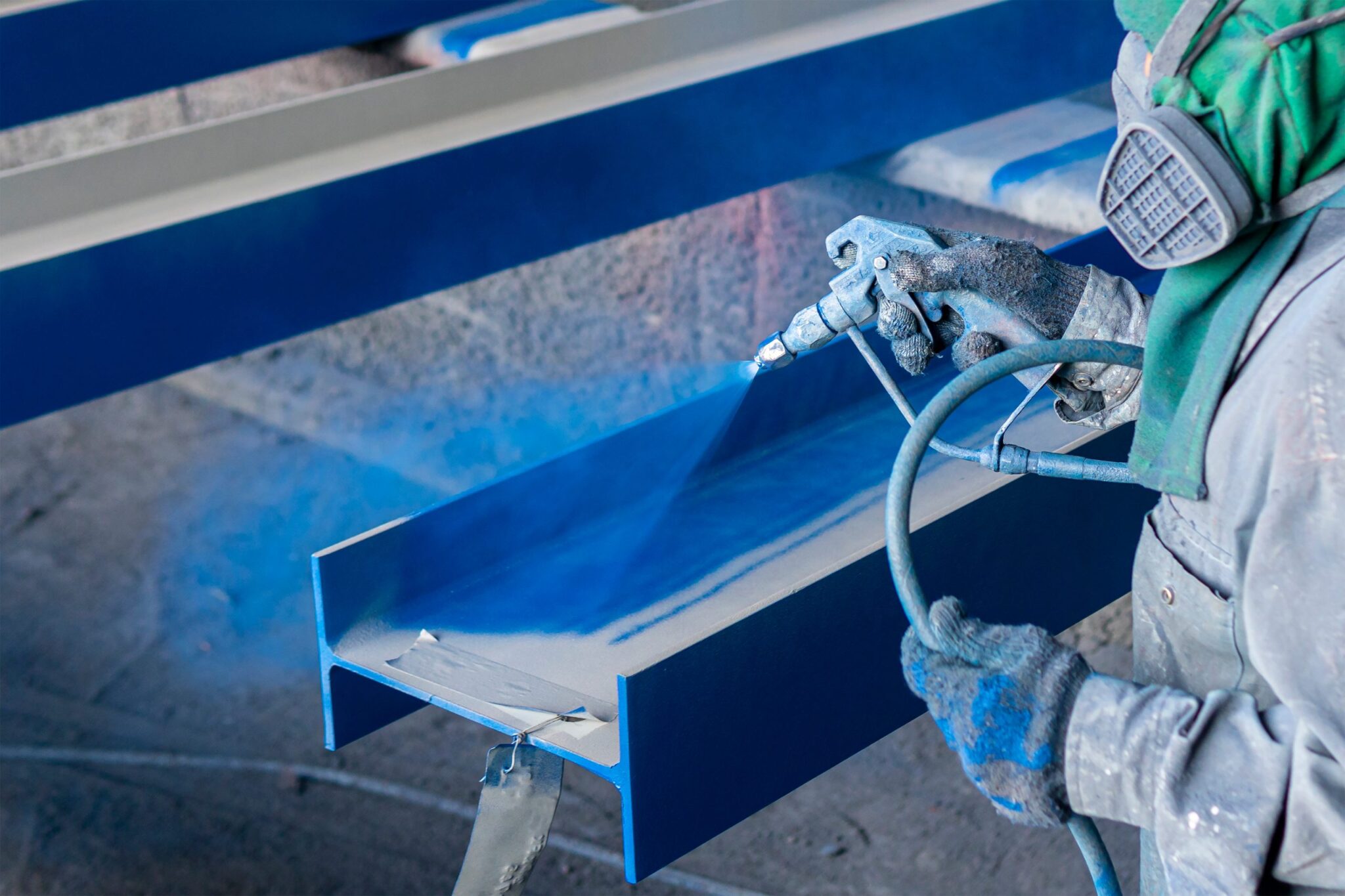
Painting applications generally need less pressure, but still need high-quality air.
Question Four: What is the relationship between CFM and PSIG?
Most air compressors are designed to deliver a fixed amount of output, usually expressed as a set flow number, say 100 CFM, at a set pressure, say 85PSIG.
There is some flexibility in the flows and pressures an air compressor can deliver. But it comes at a cost reflecting the fact that the two are interrelated: when you increase the pressure, you decrease the flow. And vice versa.
This inverse relationship between CFM and PSIG gives us confusing outcomes. For instance, if you’re not getting enough pressure at one of your key applications, the natural tendency is to go back to your air compressor and bump up the pressure. But that almost never works. Because by increasing the pressure, you reduce the flow.
Say you’re at 85 PSIG and bump it up to 90, hoping to get that extra pressure you need. Then you’ll have less compressed airflow, and it will be at a higher temperature. So all those regulators that you had set to decrease the 85 PSIG down to whatever each individual specific tool requires (say, 80) will now be reducing the pressure an additional 5 PSIG.
Plus, all those tiny leaks throughout your compressed air system are under more pressure. They begin to leak even more air, reducing both flow and pressure.
The result, then, is actually less compressed air volume at the end of the line. And probably lower pressure.
It may seem counterintuitive, but the best way to get more pressure at the end of the line is actually to lower the pressure at the air compressor. That will boost the CFM and deliver more air flow to the tool, at the desired pressure.
Question Five: How Do I Know How Much HP I Need?
HP stands for horsepower, a measure of an air compressor’s motor performance, it's the ability to transfer energy.
The HP rating indicates the size or power output of the motor that drives the air compressor. The more horsepower, the greater the capacity of the compressor to deliver compressed air at the required CFM and PSIG. In larger commercial and industrial air compressors, the motor is electric. But it can also be gas-or diesel-driven, especially with mobile units.
In general, adding horsepower increases the power of your air compressor, allowing it to produce more CFM. Greater horsepower also improves the unit's longevity, resulting in fewer breakdowns and lower maintenance costs. Plus, higher horsepower and newer air compressors are more efficient, saving money on your utility bills.
Question Six: All 5 HP Motors Are the Same Then, Right?
Not really. Not all 5HP motors deliver the same amount of power. For example, a 5HP electric motor delivers the same power as a 10HP gas or diesel motor. And there can even be variations among electric motors. But here’s what you need to know: if a 5 and a 10 HPcompressorbothcan consistently output the desired pressure and flow, the 5 HP motor is more efficient.
So, in effect, your air compressor offers you a tradeoff between PSIG and CFM. More of one results inless of the other. And the compressor’s HP rating helps you determine its efficiency.

Questions always arise when you’re dealing with hard-working systems like air compressors. That’s why we recommend that our customers build a relationship with one of our independent distributors.
Have More Questions?
Operating an air compressor system in your facility requires a lot of knowledge and experience. And new questions come up every day.KaishanUSAworks with a nationwide network of independent distributors, who can provide on-site help and consultation. These factory-trained air compression experts have an investment in their local communities and can service your air compressor system without a problem. Let us help you figure out what will work best for your application. Talk to the experts by contacting us today.
Random stat or
customer quote
textXXtext
text
There are many questions we get asked frequently. Especially ones that arise from confusion about the critical measurements of air compressor size

